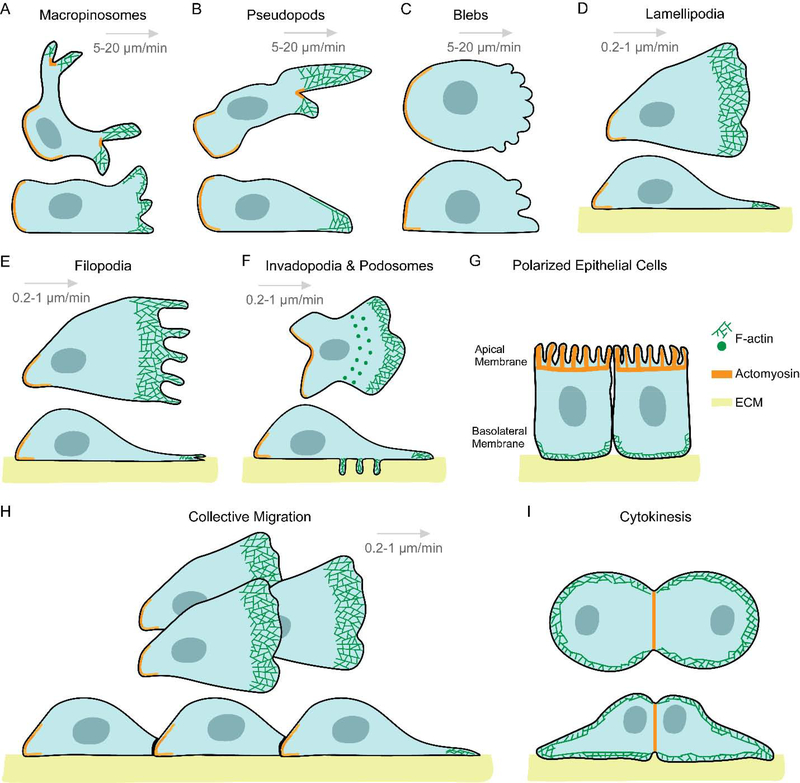Figure 1. Snapshots of diverse cellular protrusions in a variety of physiological functions.
Throughout the illustration, all cells and their protrusions are shown in top (upper) and side (lower) views, except for polarized epithelial cells (G), which is shown only in side view. F-actin is denoted as mesh of green lines, acto-myosin as a heavy orange line, and the extracellular matrix (ECM) is shown in yellow. For migratory cells, the direction of migration is from left to right, as shown with a grey arrow. The respective migratory speeds are mentioned below each grey arrow. Wide and cup-shaped macropinosomes (A) or narrower and longer pseudopods (B) are F-actin rich structures which extend and retract rhythmically near the top and sides of the amoeboid cell, or near the substratum, respectively. (C) In some instances, cells move with the help of bulky cytoplasmic structures or ‘blebs’ which form by detachment of cell membrane from the actomyosin cortex due to contractile pressure. Cells move at a fast speed of 5–20 μm/min with the help of macropinosomes, pseudopods or blebs. (D) Fibroblasts move on the ECM with the help of a broad, thin, F-actin filled anterior protrusion called lamellipodia. The actin network of these structures sometimes protrudes further to form thin, finger-like projections called filopodia (E). Due to the focal adhesion-based attachment of these cells to the ECM, they move at a far slower speed of 0.2–1 μm/min. (F) Macrophages and some cancer cells form polymerized actin-rich ventral protrusions, referred to as podosomes or invadopodia, which also secrete metalloproteases to degrade the ECM. (G) Epithelial cells polarize along the apical-basal axis and migrate very slowly as epithelial sheets. (H) During oogenesis and embryogenesis, actin polymerization directly pushes forward the plasma membrane of Drosophila border cells and Xenopus neural crest cells in the form of a broad lamellipodia, and help the cells to migrate collectively. (I) During cytokinesis, F-actin and actomyosin localize to the poles and cleavage furrow, giving the dividing cell the appearance of two cells migrating away from each other.

